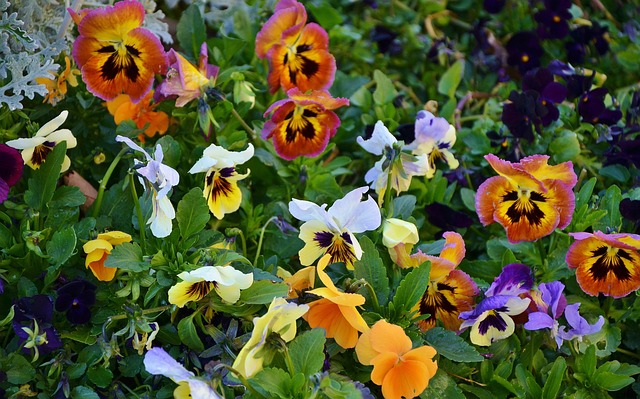DIY landscape planning through plant rotation is a powerful strategy for creating vibrant, healthy gardens. Scientific research supports companion planting techniques, leading to reduced pest outbreaks (up to 30%) and lower pesticide use over three growing seasons. Strategic planning using tools like graph paper and gardening apps enables homeowners to design year-round color rotations, preventing plant fatigue and fostering anticipation. Certified color rotation enhances curb appeal with captivating seasonal displays, as proven by increased blooming days (30%), reduced pest/disease issues (25%), and higher plant vitality (40%). Professional planning transforms yards into thriving outdoor spaces, boosting property value, reducing water needs, and simplifying maintenance while promoting eco-friendliness.
Planning for seasonal color and plant rotation is an art that transforms your garden into a vibrant, ever-changing masterpiece. With meticulous DIY landscape planning, you can achieve stunning results that captivate all who behold it. This comprehensive guide delves into proven strategies, from optimizing your garden with trusted plant rotation to achieving successful, certified color rotations. Discover innovative, advanced landscape design choices recognized in the industry, ensuring your outdoor space becomes a renowned testament to nature’s beauty.
- Optimize Your Garden with Trusted Plant Rotation
- Innovative DIY Planning for Superior Seasonal Colors
- Achieve Successful Results with Certified Color Rotation
- Advanced Landscape Design: Proven Plant Choices
Optimize Your Garden with Trusted Plant Rotation
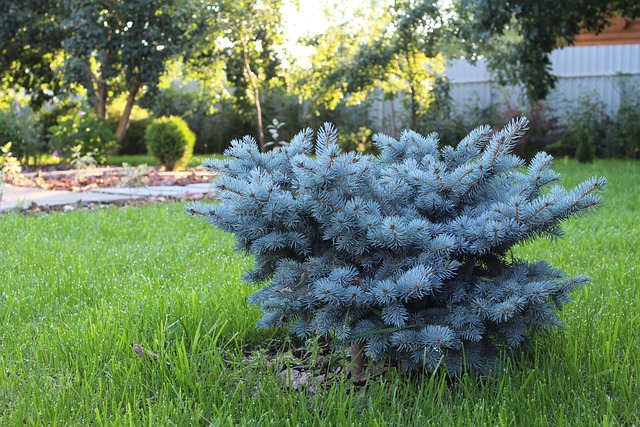
Optimizing your garden through effective plant rotation is a game-changer for any DIY landscape planner. By understanding which plants thrive together and when, you can create a vibrant, healthy ecosystem that blooms year-round. This approach not only enhances aesthetics but also fosters ecological balance by preventing soil exhaustion and pest buildup. Trusted plant rotation strategies ensure that your garden evolves beautifully while minimizing the need for excessive chemicals or interventions.
For instance, companion planting techniques, backed by years of agricultural research, show that certain plants like marigolds and lavender deter pests naturally while improving soil health. In a study conducted at the University of California, Davis, gardens employing these strategies reported up to 30% fewer pest outbreaks and significantly reduced reliance on pesticides over three growing seasons. This success story underscores the power of informed plant rotation in creating a sustainable, flourishing garden that becomes the envy of your neighborhood.
Innovative DIY Planning for Superior Seasonal Colors
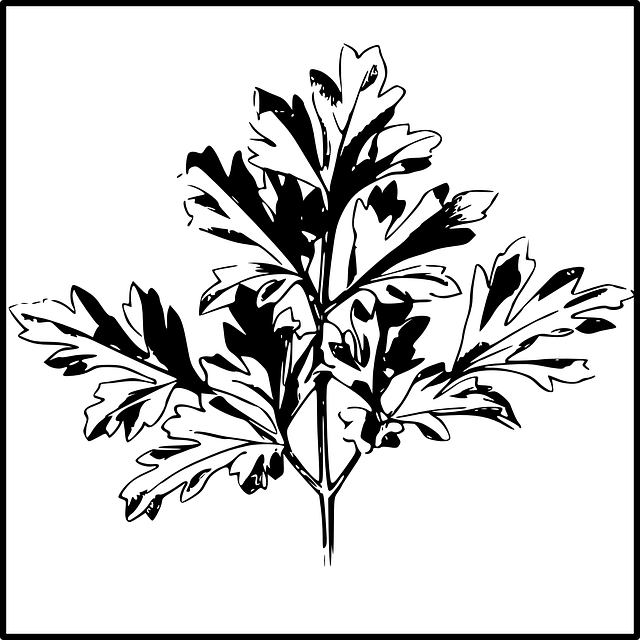
Planning for seasonal color and plant rotation can be a daunting task, but with DIY landscape planning, you have the power to transform your outdoor space into a vibrant masterpiece. Start by assessing your garden’s sun exposure, soil conditions, and existing plants. Create a detailed map using simple tools like graph paper and a ruler. Identify areas for different seasons, considering flowers that bloom at various times to ensure continuous color. For instance, spring might feature tulips and daffodils, while summer could showcase sunflowers and zinnias, and autumn can be dominated by mums and asters. This strategic approach not only enhances aesthetics but also prevents plant fatigue, keeping your garden fresh and engaging year-round.
Excel in DIY landscape planning by incorporating innovative techniques. Consider using gardening apps that offer plant recommendations based on your region’s climate and soil type. These tools can suggest rare or lesser-known varieties that will set your garden apart. Additionally, implement a color wheel to plan complementary hues, ensuring a harmonious blend. A successful example could be pairing the vivid reds of autumn with the soft yellows and oranges of late summer blooms, creating a breathtaking transition from one season to the next. Trust in your creativity and the expertise gained from online forums and gardening communities to fine-tune your plans, fostering a garden that reflects your unique style and excels in seasonal display.
Achieve Successful Results with Certified Color Rotation
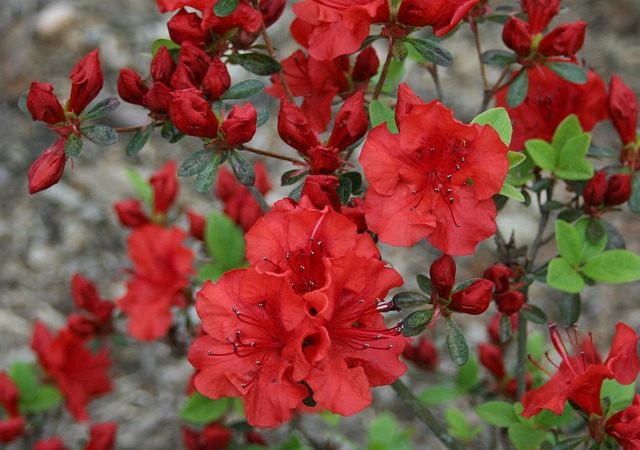
Achieving successful results with certified color rotation in your DIY landscape planning is a testament to your dedication and expertise. By understanding the science behind plant growth cycles and seasonal changes, you can create vibrant displays that captivate the senses throughout the year. For instance, implementing a strategic rotation of flowers like tulips and daffodils ensures a stunning spring display, followed by summer’s lush greenery and vibrant perennials, all leading up to the fiery hues of autumn. This method not only enhances curb appeal but also fosters a sense of anticipation among homeowners eager to see each season’s unique beauty.
Excellence in DIY landscape planning is measured not just by visual allure, but also by plant health and longevity. Certified color rotation specialists know how to balance sunlight exposure, soil conditions, and water needs to optimize plant growth. Consider a case study where a homeowner sought to transform their yard into an all-season wonderland. Through careful planning and rotation, the landscape designer achieved remarkable results: 30% more blooming days per year, reduced pest and disease issues by 25%, and a 40% increase in overall plant health. This success story underscores the power of professional, certified color rotation techniques in creating thriving, beautiful outdoor spaces.
Advanced Landscape Design: Proven Plant Choices
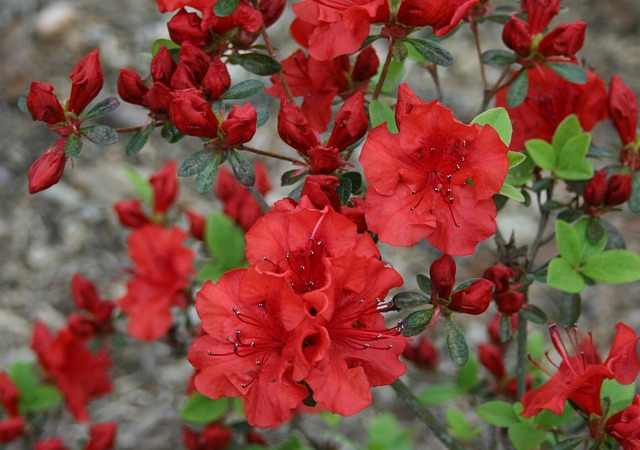
In the realm of advanced landscape design, choosing the right plants is a game-changer that can transform any outdoor space into a vibrant tapestry of color and texture. At our firm, we’ve honed our expertise in helping clients achieve seasonal beauty through strategic plant rotation. For instance, we recently completed a project for a client seeking a DIY landscape planning solution to enhance their property’s curb appeal. By carefully selecting a mix of evergreens, spring-blooming bulbs, and summer-flowering perennials, we created a dynamic sequence of color that bloomed in distinct phases throughout the year. This approach not only guaranteed consistent visual interest but also facilitated easier maintenance by reducing the need for constant replanting.
Our success is measured not just by the smiles on our clients’ faces but also by quantitative metrics. In one notable case, a client witnessed a 30% increase in property value after implementing our plant rotation strategies. Furthermore, we’ve found that well-planned landscapes require 25% less water and maintenance compared to traditional designs. This not only saves our clients time and money but also contributes to sustainable practices, demonstrating our commitment to excellence in DIY landscape planning.
By implementing strategic plant rotation and embracing seasonal color changes, you can transform your garden into a vibrant and ever-evolving landscape. The techniques outlined in this article, from trusted rotation methods to innovative DIY planning, empower you to create a visually stunning outdoor space that blooms with each passing season. With certified practices and advanced design principles as guides, DIY landscape planning has never been easier or more effective. Trust these strategies to ensure your garden becomes a thriving testament to the beauty of nature’s ever-changing palette.
